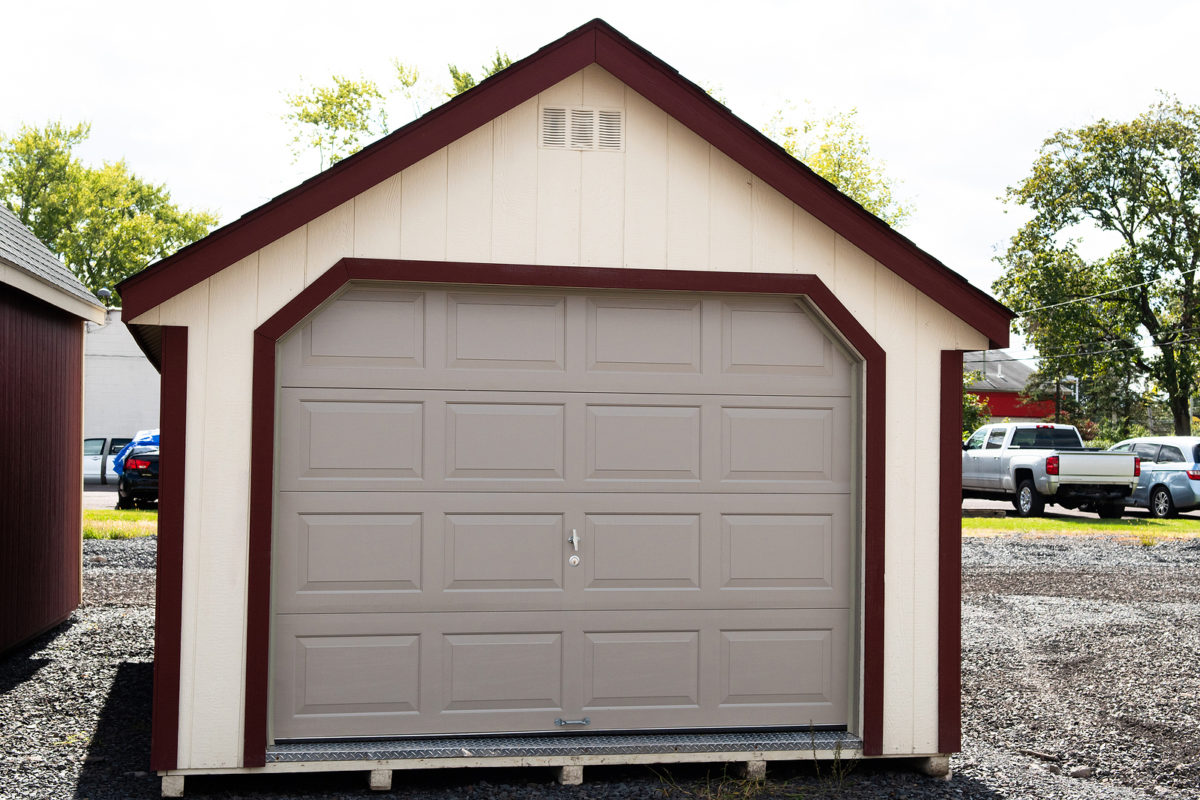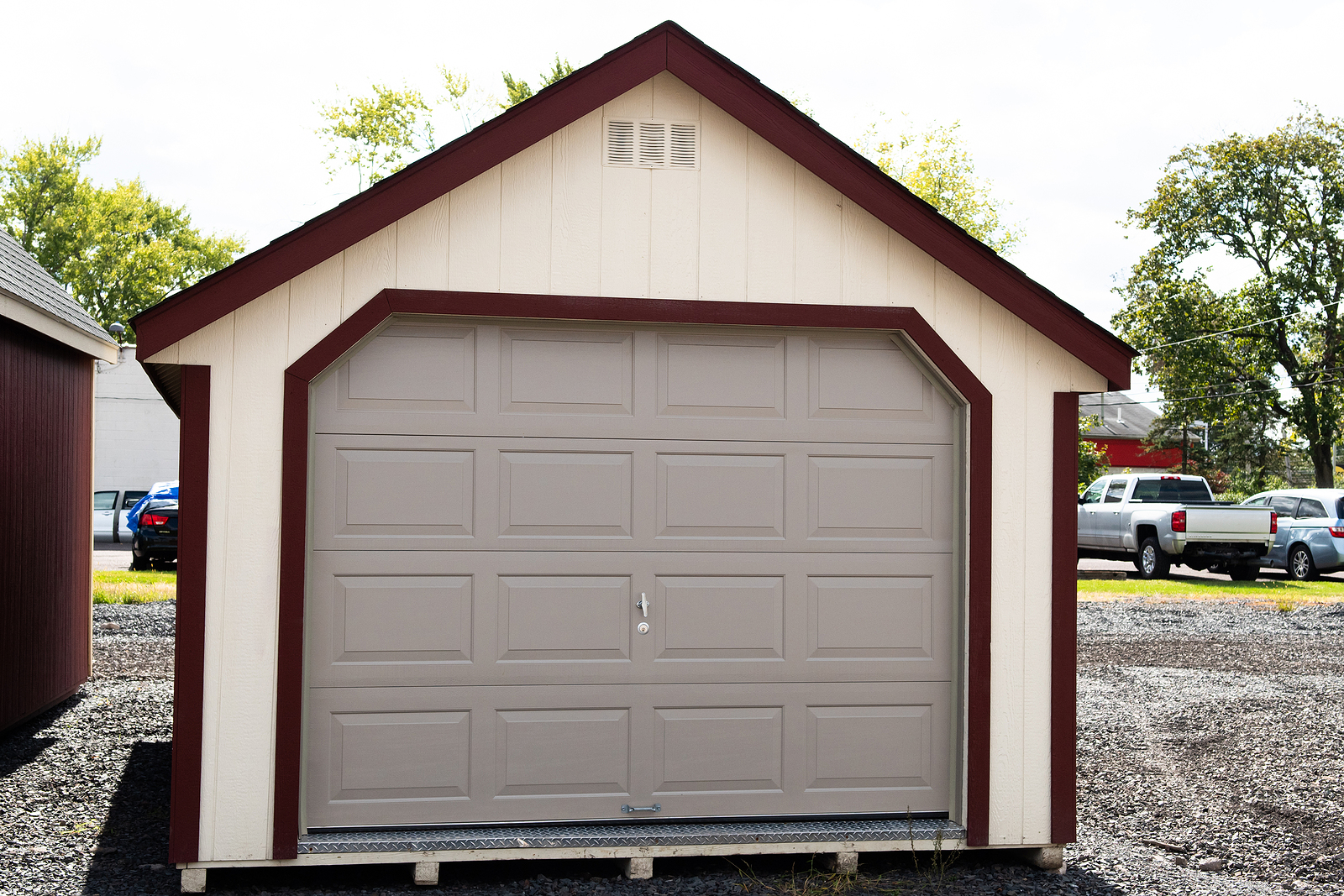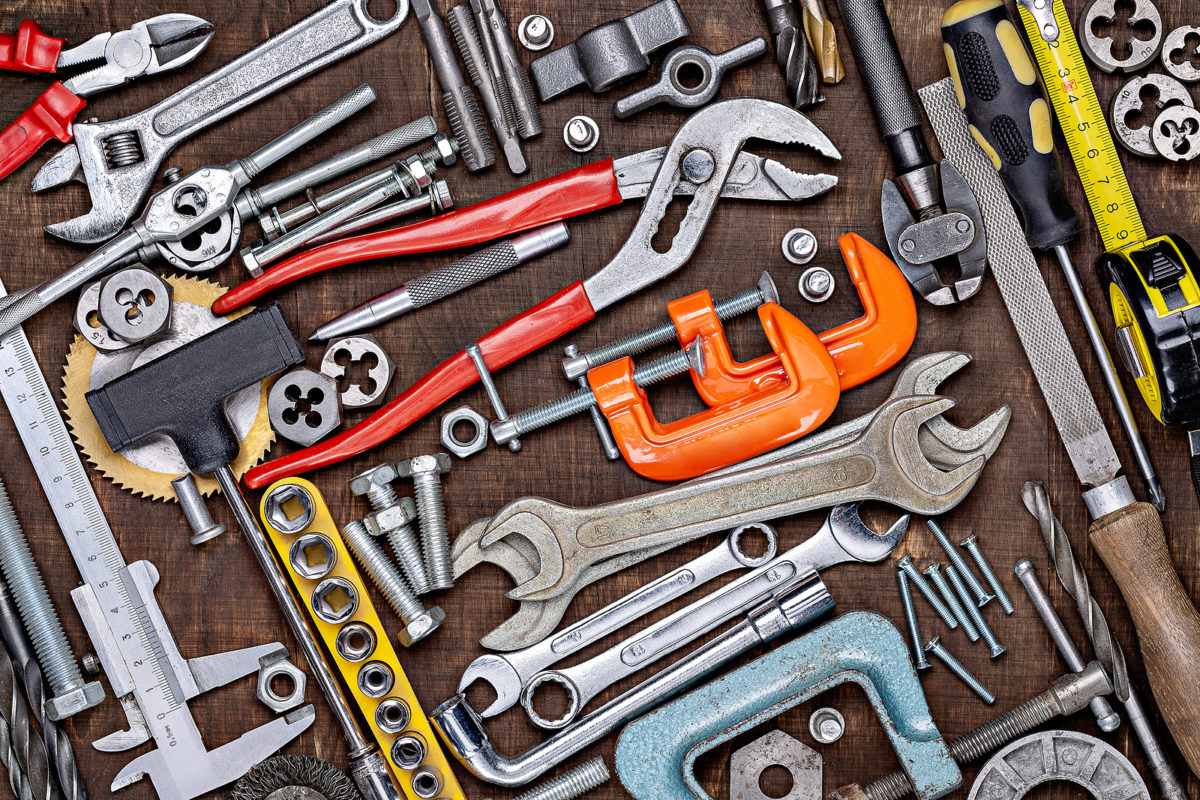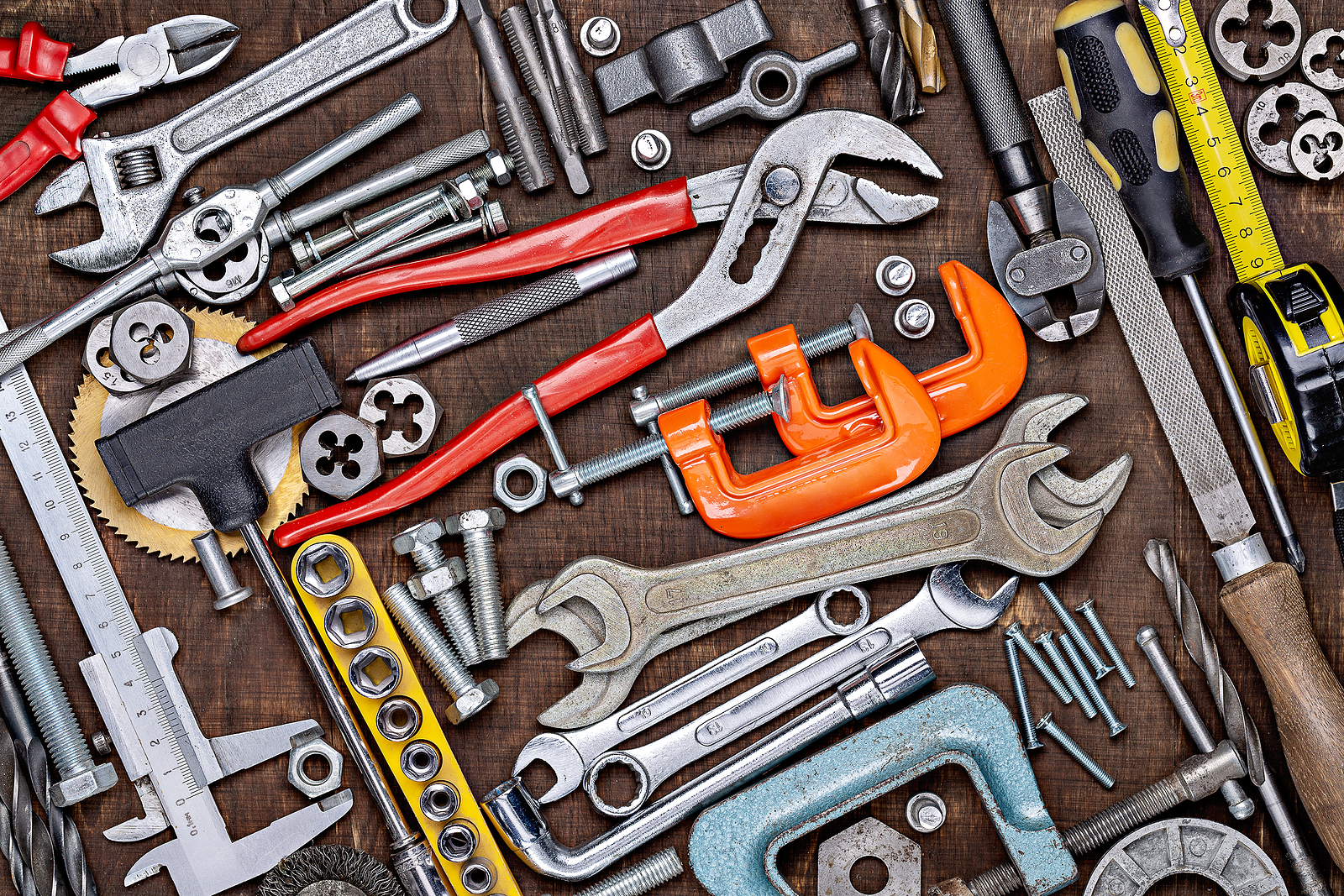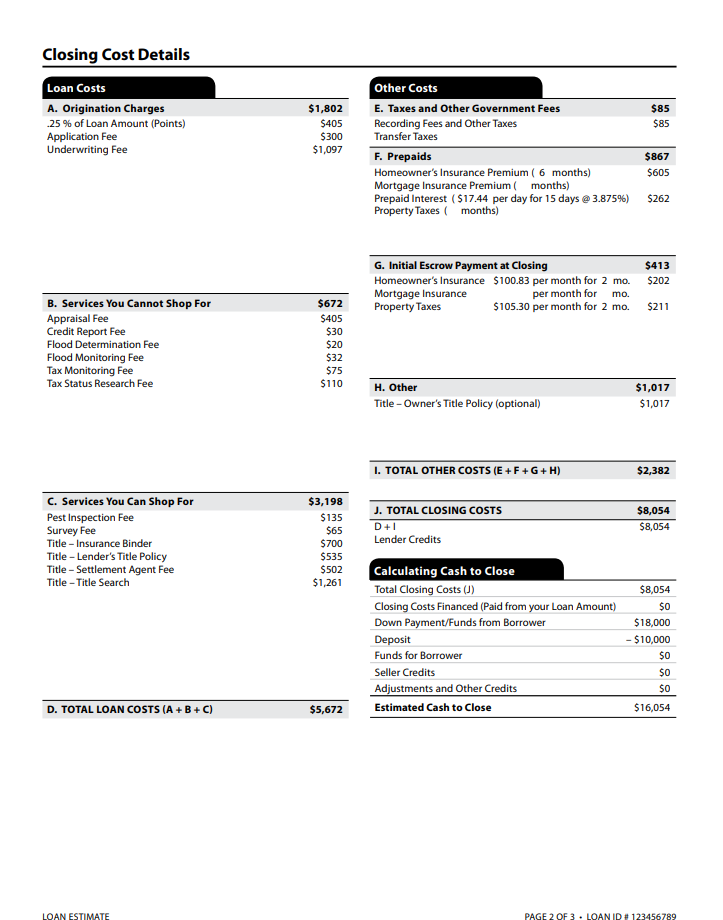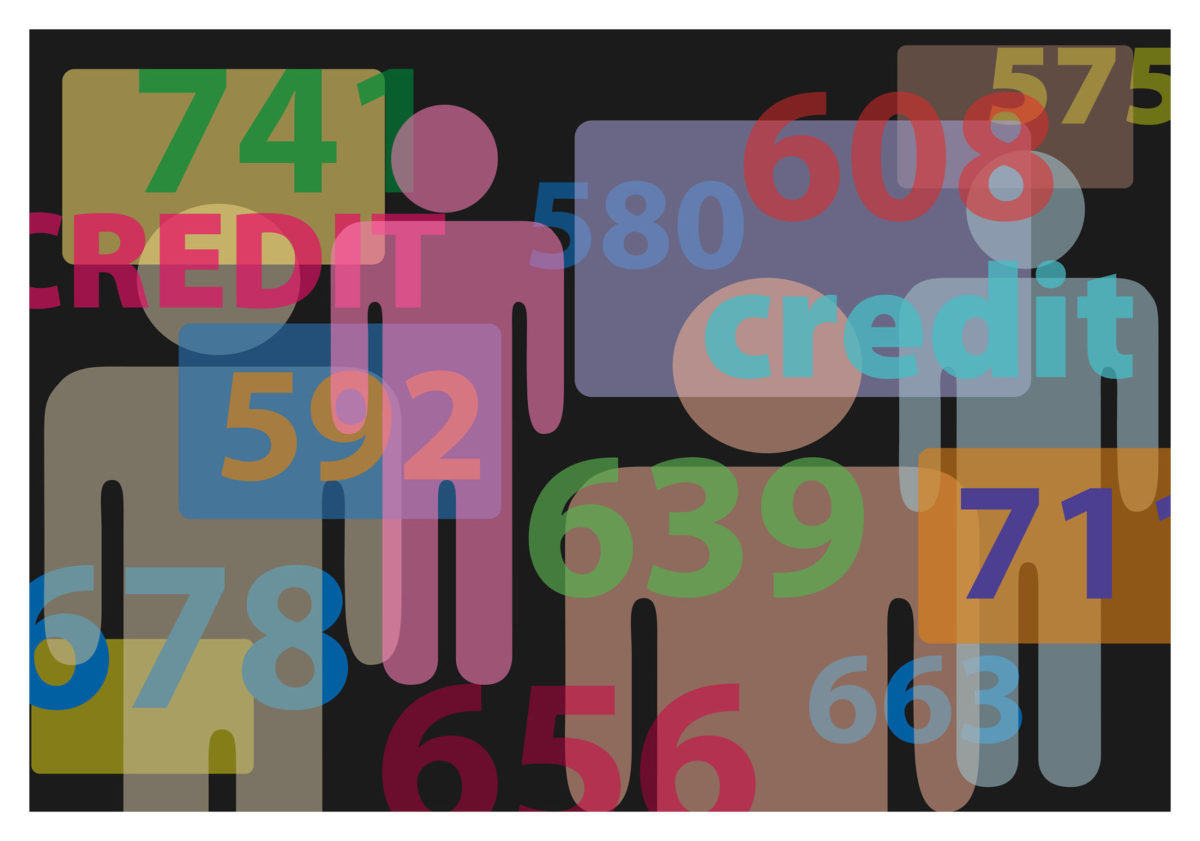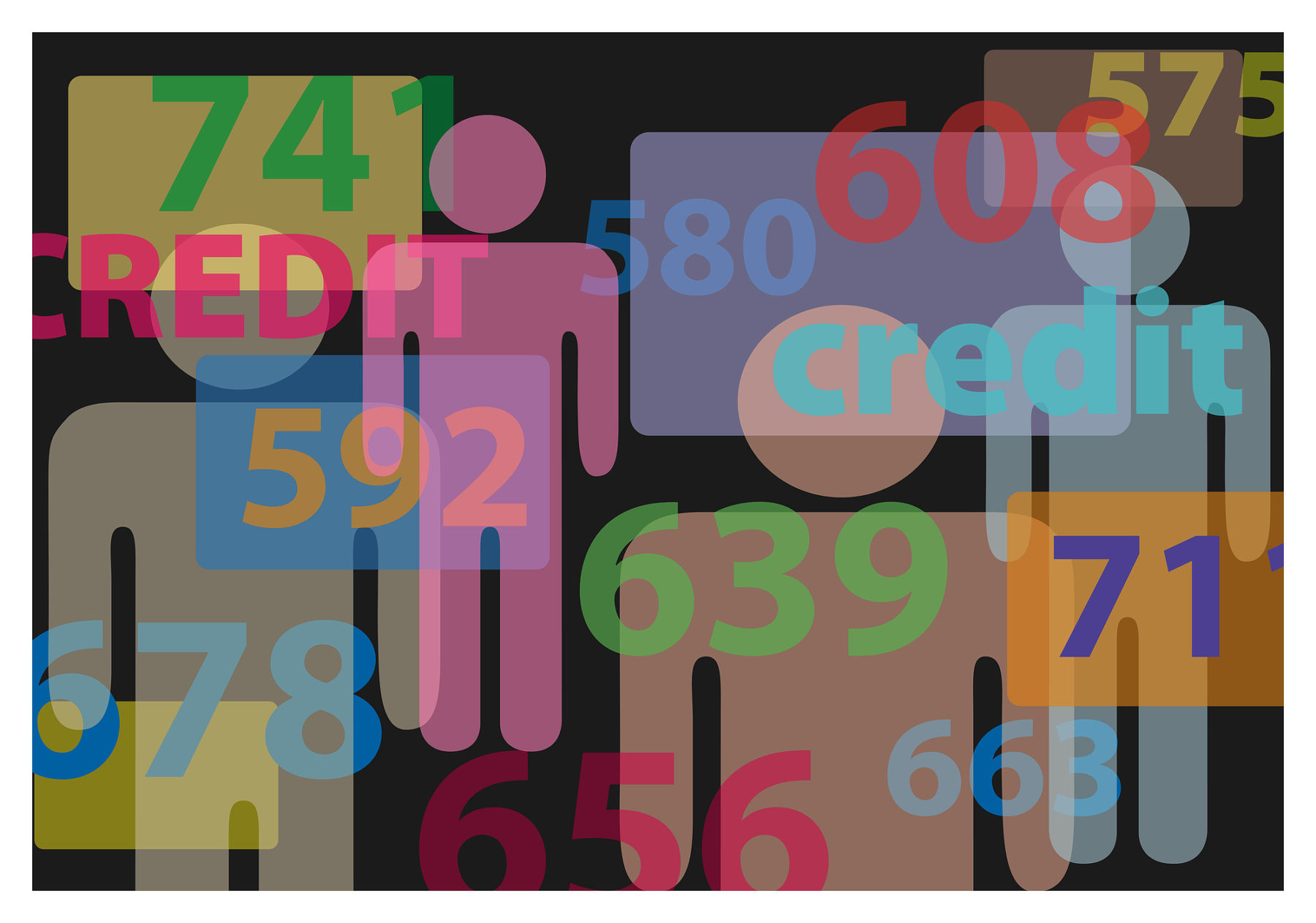If you’re in the market to buy a home and are pursuing an FHA-backed mortgage, you’re not alone. Although the conventional loan is still the most popular, FHA is ideal for those with credit and/or financial challenges.
Because the loan is guaranteed by the American taxpayer, standards differ a bit from conventional loans. One of the biggest differences is the appraisal process.
Since we get so many questions about this aspect of the FHA-backed loan, we thought we’d devote today’s post to clearing up the confusion.
Appraisals, in a nutshell
The home appraisal process has one aim: to determine an estimate of the current market value of a property.
Just as you wouldn’t sell your used car without consulting the Kelly Blue Book or other evaluation guide, so a lender won’t lend money to purchase a home without knowing the home’s value.
Appraisals are performed by unbiased professionals, hired by the lender. The appraiser will visit the home and inspect both the interior and exterior before comparing it to similar sold homes in the area.
FHA appraisals
The appraiser of a home being purchased with an FHA-backed loan must be approved by the U.S. Department of Housing and Urban Development (HUD).
Aside from coming up with an estimated market value, he or she also checks that the property is in compliance with U.S. Department of Housing and Urban Development standards for safety and health.
These standards include:
- All stairways in and outside the home must have handrails.
- There must be at least one closet in each bedroom.
- The home must be free of structural problems.
- Each bedroom must have both access and egress to the outside of the home.
- The appraiser will ensure that the lot is graded to slope away from the home. This prevents moisture from intruding into the basement or foundation.
- The appraiser will also check for the presence of lead-based paint, if the home was built prior to 1978.
- The HVAC system must be in good working order.
Any of these requirements that aren’t met during the appraiser’s inspection must be remedied before FHA will guarantee the loan.
What if the FHA appraisal is low?
If the FHA appraisal amount is less than the amount that you’ve agreed to pay for the home, you still have options. The three most common scenarios are as follows:
- Request that the seller reduce the price to the appraised value. Many homeowners will balk at this. An experienced listing agent will explain to them, however, that no matter who buys the home, if they aren’t paying cash, they’ll need to get a loan and loans require appraisals. There is a very good chance that the next appraisal will be the same, or close to the amount this appraiser determined.
- Increase the amount of your down payment. This reduces the amount of money you need to borrow.
- The buyer walks away from the purchase.
What if you suspect the appraiser is mistaken?
Appraisers sometimes make mistakes. Before walking away from the purchase, ask your real estate agent to run the comps again. If he or she finds that the value is higher than what the appraiser estimated, if the appraiser clearly made a mistake, you may be able to appeal to the FHA.
Unlike conventional loans and appraisals, the FHA has the sole discretion to say yay or nay to an appeal. You’ll need solid documentation of the mistakes you’re claiming. Even then, you may not be granted an appeal. But, it’s worth the attempt.
Speak with your lender about how to start the process and try to enlist the lender’s backing of your claims.


